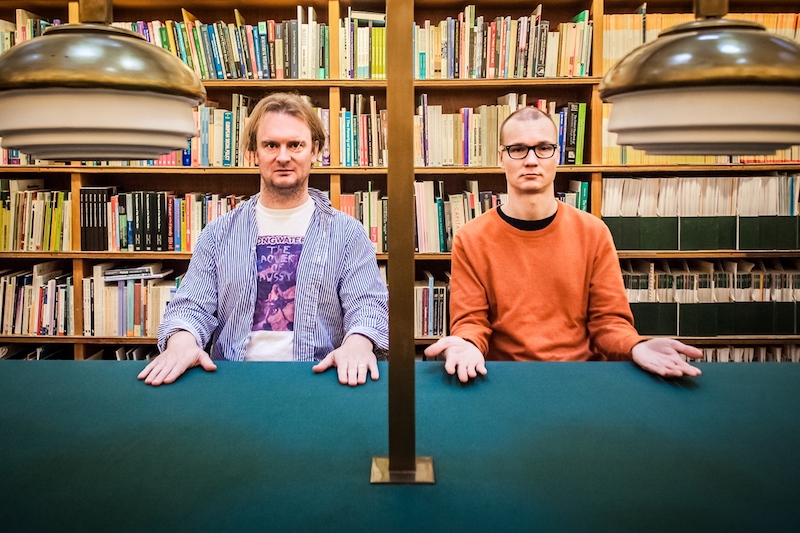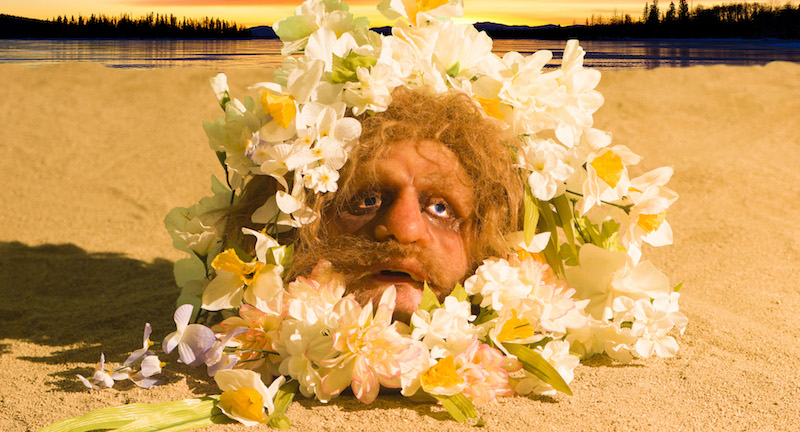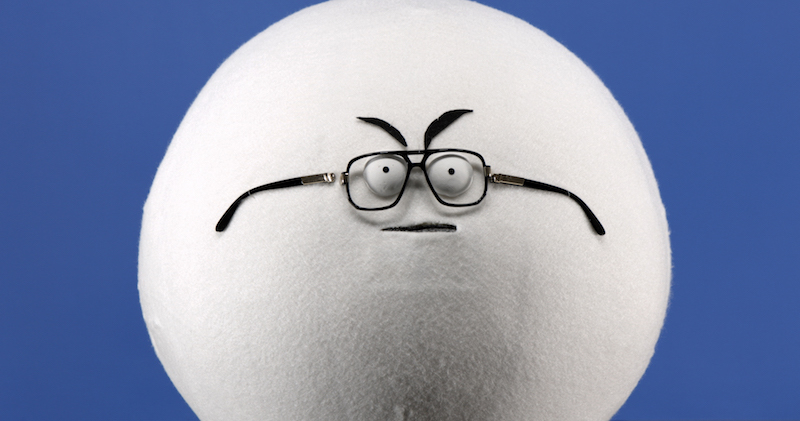The Venice Biennale 2017 series offers previews of curatorial and artistic projects presented in the context of this year’s biennial art event.
Finnish artist Erkka Nissinen and British artist Nathaniel Mellors have been chosen to represent Finland at the 57th Venice Biennale this year. Xander Karskens curated their winning proposal, ‘The Aalto Natives’, which can be expected to showcase their absurdist humour and political satire channelled through multidisciplinary work. According to the press release, the duo plan to turn the Finnish Pavilion into “an immersive environment through a multimedia installation comprising video, sculpture, and a talking egg.”

Nathaniel Mellors and Erkka Nissinen, Finnish Pavilion at the Venice Biennale 2017, Photo by Veera Konsti, Courtesy Frame Contemporary Art Finland
Claudia Grigg Edo: When did the two of you meet and how did you start working together?
Nathaniel Mellors and Erkka Nissinen: We met at the Rijksakademie in Amsterdam in 2007. We were both in the 2 year international studio programme there, which was a brilliant experience. We highly recommend it.
CGE: Humour forms a big part of your practice. Do you find the same things funny? Do you find each other funny?
NM: Yes. We only have one sense of humour between us. It’s on a time-share. Erkka has it right now but at the moment Erkka is suffering with false memory syndrome and it’s hard to be able to answer this question in that respect as he keeps laughing about things that never happened. And trying to remind me, through extended anecdotes and getting frustrated when I don’t respond. It’s taking too much time away from the project. He’s trying to make an emotive film about his ‘experiences’ using a Super-8 phone app when he should be doing the CGI for our Venice project.

Nathaniel Mellors and Erkka Nissinen, Work in Progress from The Aalto Natives (2017), HD Video Still, Courtesy of the artists and Frame Contemporary Art Finland
CGE: Erkka Nissinen is Finnish, while Nathaniel Mellors is British. How do you feel about ‘representing’ Finland as a 50% Finnish artistic entity? Are your respective nationalities reflected in your work?
EN and NM: Yes – Nathaniel’s work is getting more and more Finnish and Erkka’s work remains unfinished. This a deliberate strategy to resist commercial assimilation and all other forms of assimilation such as comprehension, communication, etc.
CGE: Both of you produce work that is politically-charged. Would you say that you are optimistic or pessimistic art-makers (if either)?
EN and NM: You have to be optimistic to do it, but at the same time we know that contemporary art is gold dust on the stinking rectum of late-capitalism. But we believe in the avant-garde and the consciousness-changing power of art-making and culture. We believe in the value of our work.

Nathaniel Mellors and Erkka Nissinen, Work in Progress from The Aalto Natives (2017), HD Video Still, Courtesy of the artists and Frame Contemporary Art Finland
CGE: Do you wish to provoke a particular response from your audience at the Biennale?
EN and NM: Yes.


















